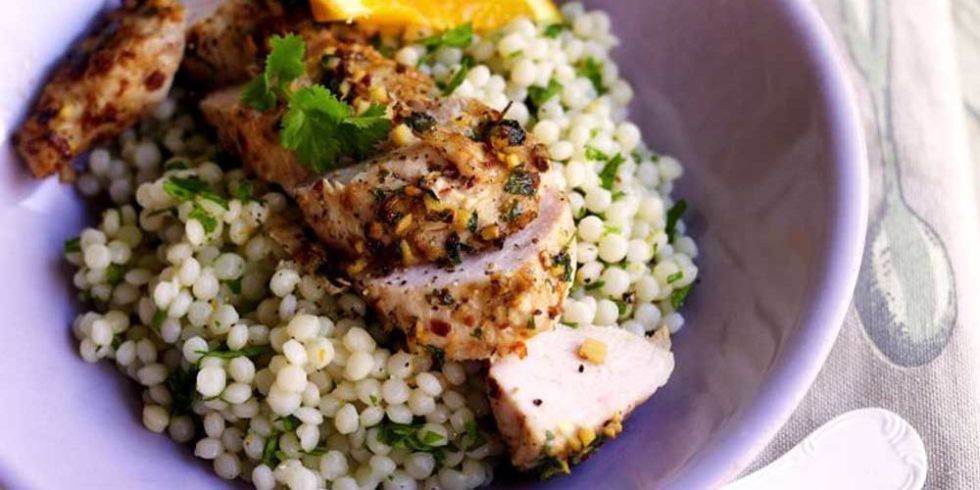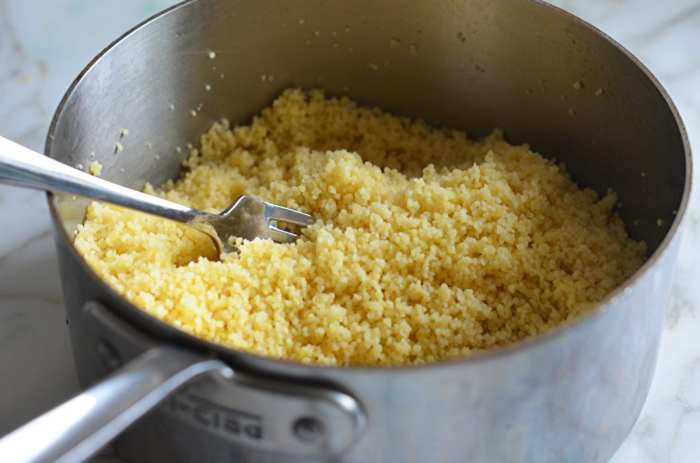Introduction
How to cook couscous turkish style – Couscous is a staple food in Turkish cuisine, known for its versatility and delicious taste. In this article, we will explore the traditional Turkish way of cooking couscous, along with tips and tricks to ensure a perfect dish every time.
What is Couscous?
Couscous is a type of pasta made from semolina wheat and is a popular ingredient in Middle Eastern and Mediterranean cuisine. It is commonly served as a side dish or a base for stews and salads.
Tips for Cooking Couscous

1. Use a fine grain couscous for the best texture.
2. Fluff the cooked couscous with a fork to separate the grains.
3. Add flavor to the couscous by cooking it in broth instead of water.
Alright, mate! So, you’ve got them small rectangular windows in your crib, eh? No worries, I got you covered on how to jazz ’em up! Check out this sick guide on how to decorate small rectangular windows. You’ll be turning them boring panes into a proper vibe in no time!
4. Toast the couscous in a dry pan before cooking to enhance its nutty flavor.
How to Cook Couscous Turkish Style
To cook couscous Turkish style, start by bringing water or broth to a boil in a pot. Add the couscous and stir to combine. Cover the pot and let it simmer for about 10 minutes, or until the couscous is tender. Fluff the couscous with a fork before serving.
What Makes Turkish Style Couscous Unique?

Turkish style couscous is often flavored with aromatic spices such as cumin, paprika, and cinnamon, giving it a rich and complex taste. It is also commonly served with grilled meats and vegetables, adding a burst of flavor to the dish.
Solution for Perfect Turkish Style Couscous: How To Cook Couscous Turkish Style
To achieve the perfect Turkish style couscous, pay attention to the ratio of liquid to couscous, as well as the cooking time. The couscous should be light and fluffy, with each grain perfectly cooked. Experiment with different spices and ingredients to create your own unique twist on this classic dish.
Detail Information on Cooking Couscous

Couscous is a quick and easy dish to prepare, making it a great option for busy weeknights or gatherings with friends and family. The key to cooking couscous successfully is to follow the instructions carefully and not overcook the grains.
Describe in Depth the Cooking Process
Start by bringing water or broth to a boil in a pot. Add the couscous and stir to combine. Cover the pot and let it simmer for about 10 minutes, or until the couscous is tender. Fluff the couscous with a fork to separate the grains before serving. Serve the couscous as a side dish or as a base for your favorite stew or salad.
Conclusion
In conclusion, cooking couscous Turkish style is a delicious and satisfying experience. By following the tips and techniques Artikeld in this article, you can create a flavorful and authentic dish that will impress your family and friends. Experiment with different ingredients and flavors to make the dish your own and enjoy the rich culinary heritage of Turkish cuisine.
FAQs
1. Can I use vegetable broth instead of water to cook couscous?
Yes, vegetable broth can add extra flavor to the couscous and enhance the overall taste of the dish.
2. How long does it take to cook couscous?
Couscous typically cooks in about 10 minutes, making it a quick and convenient option for meal preparation.
3. What are some traditional Turkish spices to use in couscous?
Common spices used in Turkish style couscous include cumin, paprika, cinnamon, and mint.
4. Can I add vegetables to the couscous while cooking?
Alright, mate! So, you’ve got these small rectangular windows in your crib and you’re wondering how to jazz ’em up, yeah? Check out this sick guide on how to decorate small rectangular windows for some inspo. From cute curtains to fancy blinds, you’ll find all the tips and tricks you need to make those windows pop!
Yes, adding vegetables such as bell peppers, tomatoes, and onions can enhance the flavor and nutritional value of the dish.
5. Is couscous gluten-free?
While traditional couscous is not gluten-free, there are gluten-free alternatives available made from corn or rice.
